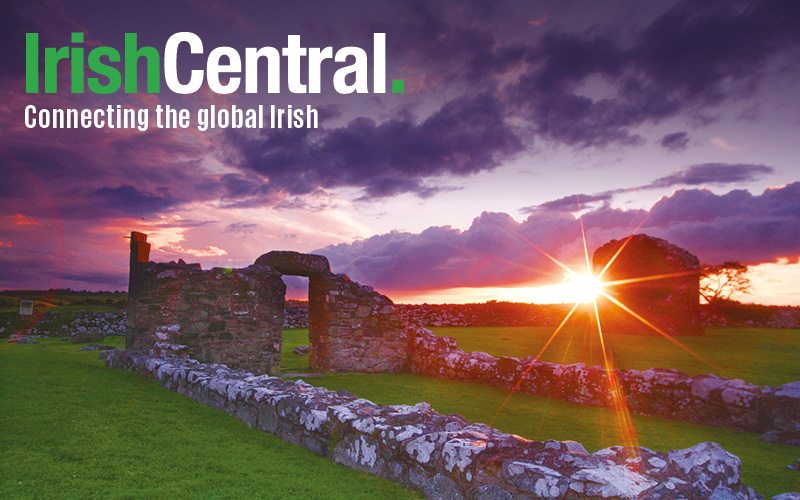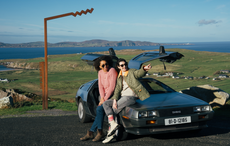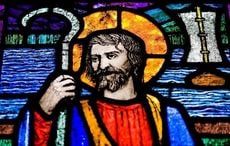Irish history, and the castles we see today, are a legacy of some 6,000 years of occupation from megalithic times when the Celts arrived here from mainland Europe.
Impressive burial mounds such as Newgrange or the ring-forts and dolmens like those at Craggaunowen are attributed to these hunter gatherer tribes.
Followed by successive waves of invaders such as the Vikings, Normans, English, and even the Spanish we finally achieved our Independence from England in 1916 for 26 of the counties while six in (Northern Ireland) still remain part of Britain.
The commercial foundations of Dublin were laid by the Vikings (Dublinia) followed by the Normans who built impressive strongholds such as Trim castle where the epic movie "Braveheart" was filmed. Our infamous claim to fame? Some 2,000 bare-bottomed extras recruited from the Curragh Army Camp in County Kildare.
Impressive burial mounds such as Newgrange or the ring-forts and dolmens like those at Craggaunowen are attributed to these hunter gatherer tribes.
Followed by successive waves of invaders such as the Vikings, Normans, English, and even the Spanish we finally achieved our Independence from England in 1916 for 26 of the counties while six in (Northern Ireland) still remain part of Britain.
The commercial foundations of Dublin were laid by the Vikings (Dublinia) followed by the Normans who built impressive strongholds such as Trim castle where the epic movie "Braveheart" was filmed. Our infamous claim to fame? Some 2,000 bare-bottomed extras recruited from the Curragh Army Camp in County Kildare.
Other castles in Irish history range from large fortified towers and keeps such as Bunratty Castle to smaller ones like Thoor Ballylee, former home of the poet and playwright Willaim Butler Yeats. Grand country houses like such as Tullynally and Birr were castle-ated with fairy tale parapets and towers as was the fashion assuring the reign of Queen Victoria. Many of these big houses and castles on vast estates were given to often absentee English landlords in return for military duty. As a result, many of these were ransacked and burned down during the 'troubles'. Others were saved and restored privately or are now under the management of Office of Public Works or the auspices of the Irish Georgian society and so have survived to tell the tale.
There are hundreds of castles all over the country, many in ruins that you can explore freely, just be careful.
There are hundreds of castles all over the country, many in ruins that you can explore freely, just be careful.
By Susan Byron author of www.irelands-hidden-gems.com




Comments